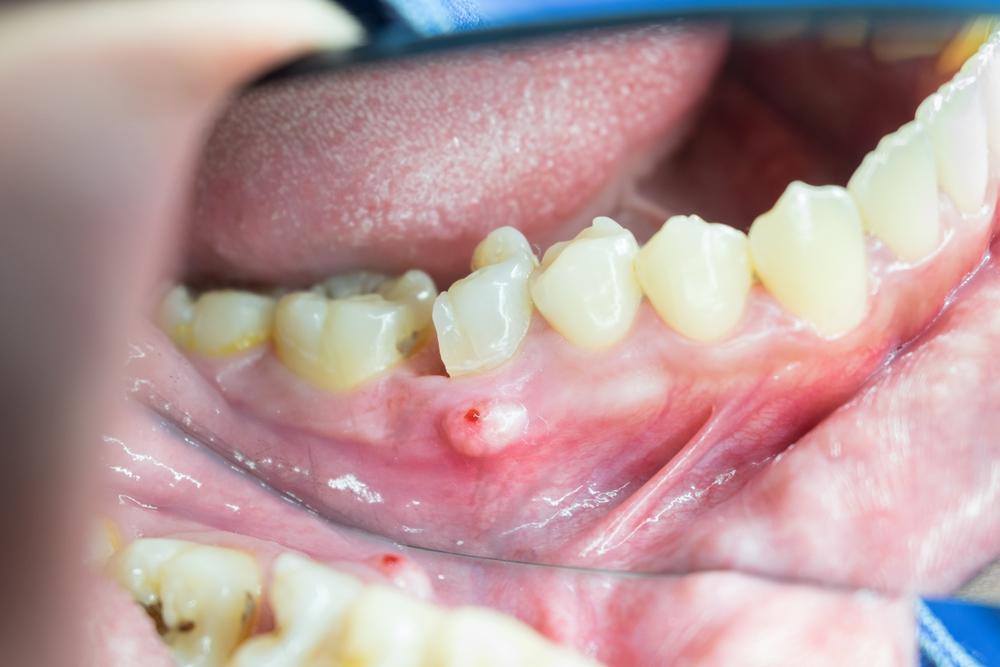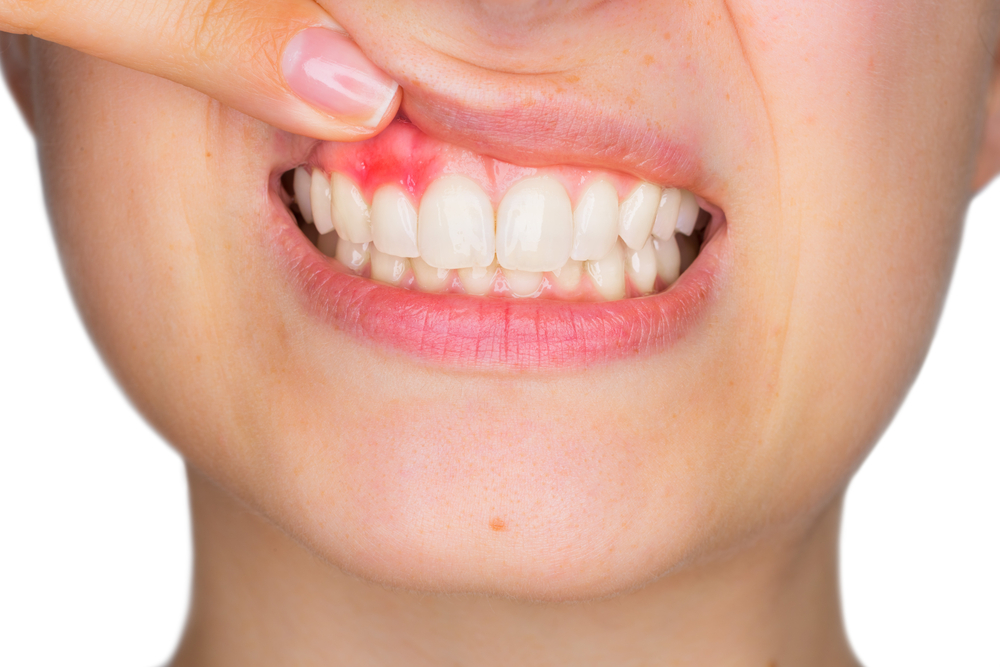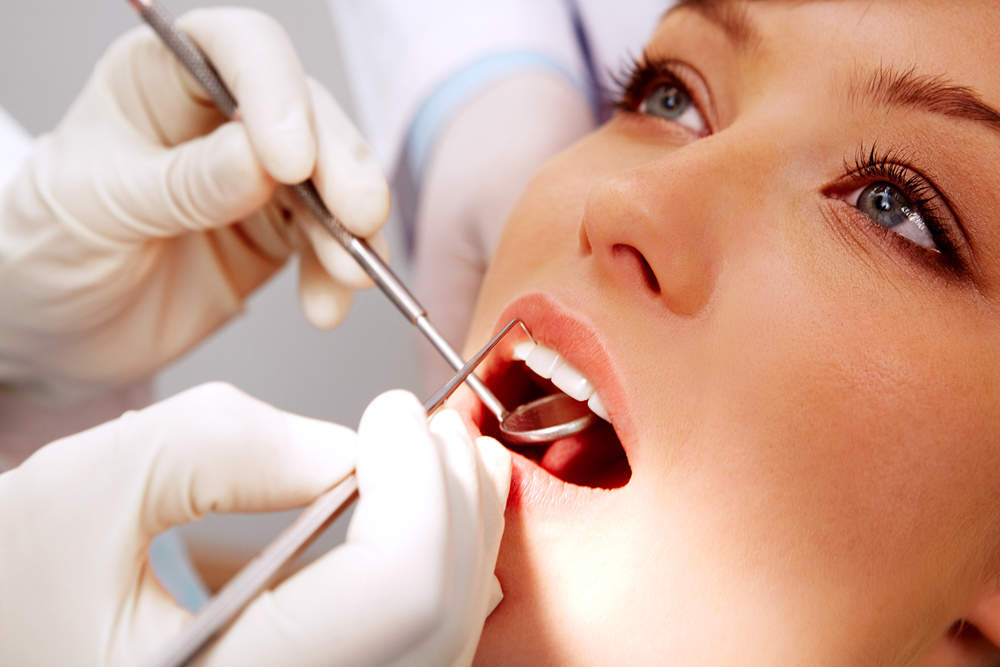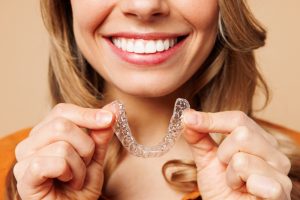The team at Parkcrest Dental Group provides a full range of dental care for you and your family. Our eight dentists average 25 years of experience and can take care of your dental needs.
One thing our doctors can treat is an abscessed tooth. Unfortunately, an abscessed tooth can be painful if not treated right away. Our complete guide answers the most common questions we get about abscessed teeth. If you need dental care or have a dental emergency with severe pain in your mouth, contact us or call (417) 887-1220.
What is an abscessed tooth?
An abscessed tooth is a painful infection caused by bacteria building up inside or around the tooth. It creates a pocket of pus, which can lead to swelling, throbbing pain, and even a bad taste in your mouth. If left untreated, the infection can spread, making things much worse and more painful. So, it’s important to seek dental care soon when you have an abscessed tooth.
Can an abscessed tooth heal on its own?
In general, no, an abscessed tooth does not heal on its own. The infection may temporarily feel better if the abscess drains. However, the bacteria will still be there, and the infection can spread. Without proper dental treatment, it can lead to serious complications.
Where can an abscess form on a tooth?
An abscess can form on a tooth in one of three places:
Your dentist might see an abscess at the tip of the tooth’s root when bacteria enter the pulp through a cavity or crack. This is one of the many reasons why preventing tooth decay with a great oral hygiene routine is important to your dental health.
An abscess can form in the gums next to a tooth, usually due to gum disease or food trapped deep in the pockets.
You might see an abscess on the surface of the gums, often caused by injury or a foreign object like a popcorn kernel.
What causes an abscessed tooth?
Bacteria in your mouth can gather on the gums or soft tissues surrounding or inside your teeth (known as dental pulp). Germs can also enter the tooth through a chip or crack before spreading down into the roots. Tooth decay may also cause bacteria to spread to softer parts of the tooth or gums.
This is another reason why good oral hygiene, beyond brushing and flossing twice a day, can help. Avoid a high-sugar diet that can cause bacteria to build up in your mouth. Dry mouth, caused by various medical conditions or medications, can lead to more bacteria in your mouth. Underlying health conditions like diabetes can also cause an abscessed tooth.
What does an abscessed tooth look like?
An abscessed tooth might look swollen, with a pimple-like bump on the gum near the affected tooth, which is where the pus drains. The tooth itself may appear discolored, often yellow or grayish. There could also be visible redness or swelling around the gumline. In more severe cases, facial swelling or a raised area on the cheek may also be noticeable.
How can I treat the pain of an abscessed tooth at home?
You should still see your dentist to treat an abscessed tooth fully. However, you can do some things to alleviate pain before you see a dentist.
- Rinse with salt water two to three times a day. Be careful not to swallow the saltwater.
- Rinse with a diluted mixture of hydrogen peroxide and water.
- Take the recommended dosage of ibuprofen or naproxen based on the package’s instructions.
- Create a rinse with ½ tablespoon baking soda, ½ tablespoon water, and a tiny bit of salt, and swish it around in your mouth.
- Grind a clove of garlic into a pulp and rub it carefully against the affected area. Garlic has allicin in it, which is a natural antimicrobial substance.
- Drink lukewarm fenugreek tea for its anti-inflammatory properties.
- Apply a cold compress on the affected area for fast results.
Again, the only way to treat an abscessed tooth fully is to see your dentist, and these are just temporary remedies. In addition to in-office treatment, your doctor can prescribe antibiotics. This kills any remaining bacteria that might have spread to other areas beyond your mouth.
When is an abscessed tooth a dental emergency?
An abscessed tooth is a dental emergency if you experience severe pain or swelling in your face or neck. This can affect your ability to breathe and may be accompanied by a fever.
These symptoms can indicate that the infection is spreading and may be life-threatening. If you notice any of these signs, it’s crucial to seek immediate dental care to prevent further complications!
How do dentists diagnose an abscessed tooth?
Your Parkcrest dentist can diagnose an abscessed tooth by checking for swelling and gently tapping the tooth to test for pain. They may take X-rays to spot hidden infections and see if the abscess has spread to the jaw bone. In some cases, they’ll also use a thermal or electric pulp test to check if the tooth’s nerve is still alive.
How does my dentist treat an abscessed tooth?
Your dentists will recommend a course of treatment based on the type of abscess in your mouth and how severe it is. The treatment involves alleviating the pain and clearing up the infection.
- You will receive a thorough dental examination by a dentist who will look in your mouth for any signs of the abscess.
- Your doctor will take a dental X-ray to check for damage not detectable during a visual examination.
- Discuss your treatment options with your dental care team. Your dentist will precisely describe what will happen, when, and why during your treatment.
Based on what your doctor sees, treating an abscess may include these options:
Draining the abscess, if it’s visible. Your doctor will thoroughly clean the area to prevent the infection from spreading after draining the abscess. They typically use a sterile saline (salt) solution to rinse the area. If the abscess is in a cavity, your dentist may scrape some of the infected material out of the tooth. In severe cases, the doctor may apply antibiotics or antimicrobial medication directly to the abscessed area.
If the abscess is in your tooth’s soft tissue, your doctor may perform a root canal. This involves cleaning out the infected parts of your decayed tooth before placing a crown on it to protect the core of the tooth while strengthening it. A root canal can keep the remaining part of the tooth strong and healthy moving forward.
- Your Parkcrest dentist may extract the tooth to completely remove it. This might happen if your tooth is too damaged to save. After pulling the tooth, your dentist will drain the abscess and clean it. You could benefit from a dental implant after your mouth heals from the abscess to replace the missing tooth.
- If a foreign object causes the abscess, your Parkcrest dentist will remove it and clean the infected part of your gums or tooth.
- Depending on the extent of the abscess, your dentist could prescribe an antibiotic. This helps control the infection and prevent it from spreading.
How long does it take an abscessed tooth to heal?
The healing time for an abscessed tooth depends on the treatment your Parkcrest dentist performs. After a root canal or extraction, it typically takes about 1 to 2 weeks for the swelling and discomfort to subside.
However, complete healing of the surrounding tissues may take a few months. Additionally, you may need follow-up visits to ensure the infection has fully cleared. If antibiotics were prescribed, it’s important to finish the entire course even if you start feeling better.
How do I care for my teeth after treatment for an abscessed tooth?
After treatment for an abscessed tooth, it’s important to follow your dentist’s instructions carefully to ensure proper healing. Here are some general care tips:
- Take any prescribed painkillers or over-the-counter medications as directed to manage discomfort.
- Stick to soft foods and avoid chewing on the treated tooth until it’s fully healed.
- Gently rinse your mouth with warm saltwater to reduce swelling and keep the area clean.
- Attend all follow-up visits to make sure the infection is fully gone and that your tooth is healing correctly. We might set an appointment for two weeks following your treatment.
- Brush and floss regularly, but be gentle around the treated area to avoid irritation. Ask your dental care team for additional tips.
Take Care of an Abscessed Tooth With a Dentist in Springfield, MO
We highly recommend getting treatment for an abscessed tooth right away. Please call (417) 887-1220 or fill out our contact form to make an appointment.







